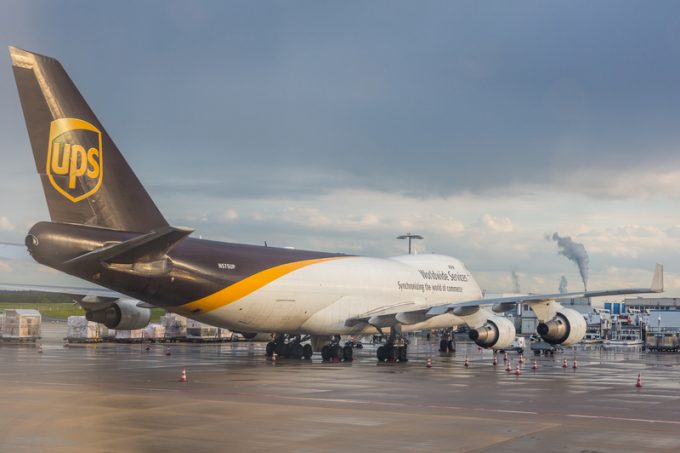UPS draws in customers with landed cost calculator, with a guarantee
UPS has taken advantage of the confusion and uncertainty surrounding tariffs and other charges to ...

UPS fell behind expectations in the first quarter of 2023. Management sees signs of the decline coming to an end, but challenges remain: first, it needs a deal with the Teamsters.
The integrator’s results for the first quarter disappointed, falling behind management’s projections from January. Revenue was down 6% from a year ago, to $22.9bn, and consolidated operating profit slumped 21.8% to $2.5bn (see more in-depth analysis at Loadstar Premium today)
UPS CEO Carol Tomé pointed to “a challenging macroeconomic environment”, both ...
Amazon pushes into LTL for small package fulfilment and UPS does a u-turn
New senior management for DSV as it readies for DB Schenker takeover
Volumes set to 'fall off a cliff' as US firms hit the brakes on sourcing and bookings
Asian exporters scramble for ships and boxes to beat 90-day tariff pause
Temporary tariff relief brings on early transpacific peak season
'Tariff madness' will prompt renegotiation of ocean shipping contracts
Forwarders 'allowing the fox into the chicken run' by supporting 'hungry' carriers
Response to tariffs by Chinese importers may see extra costs for US shippers

Comment on this article